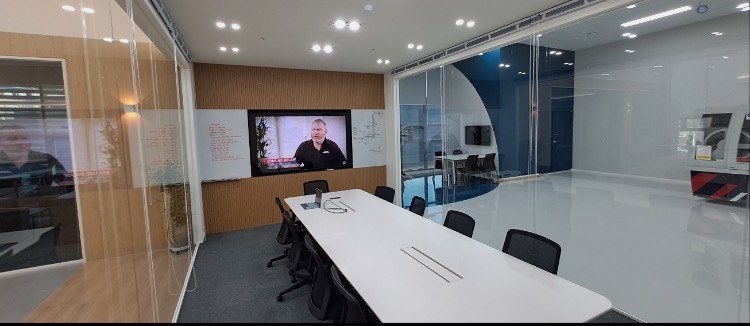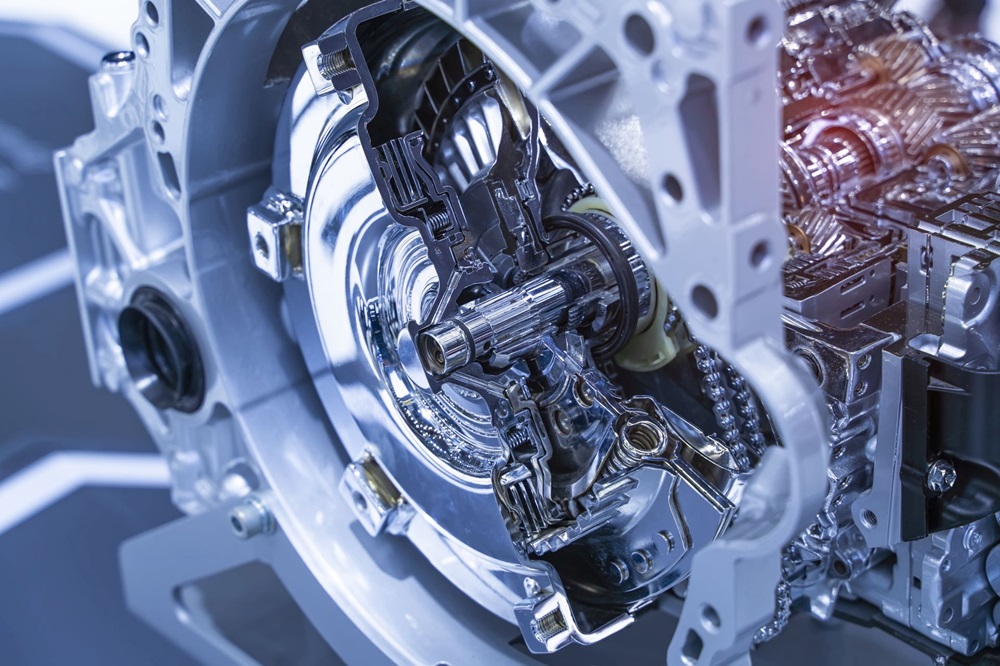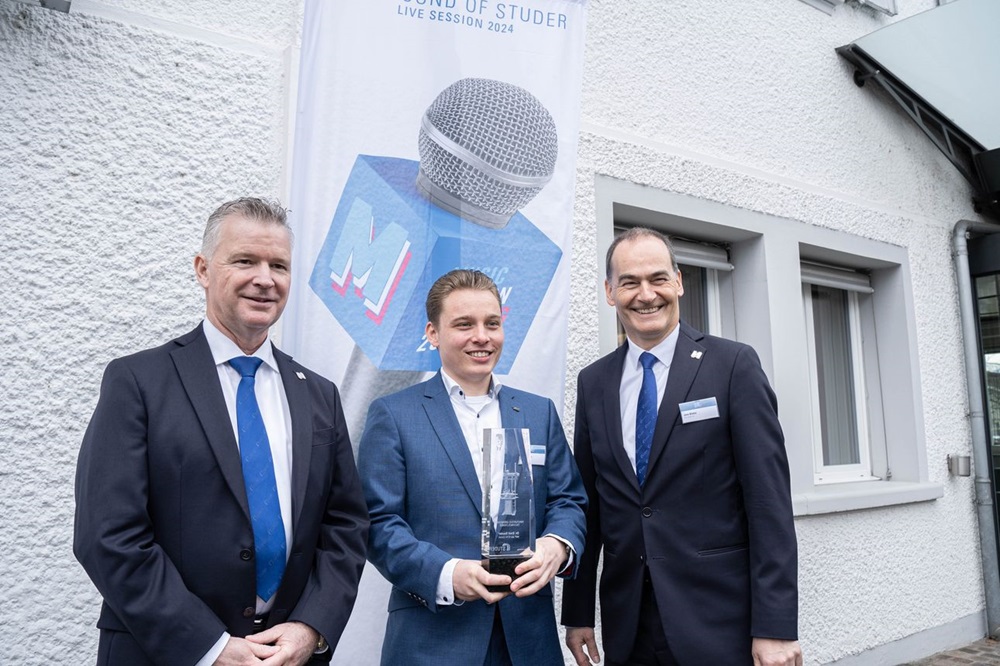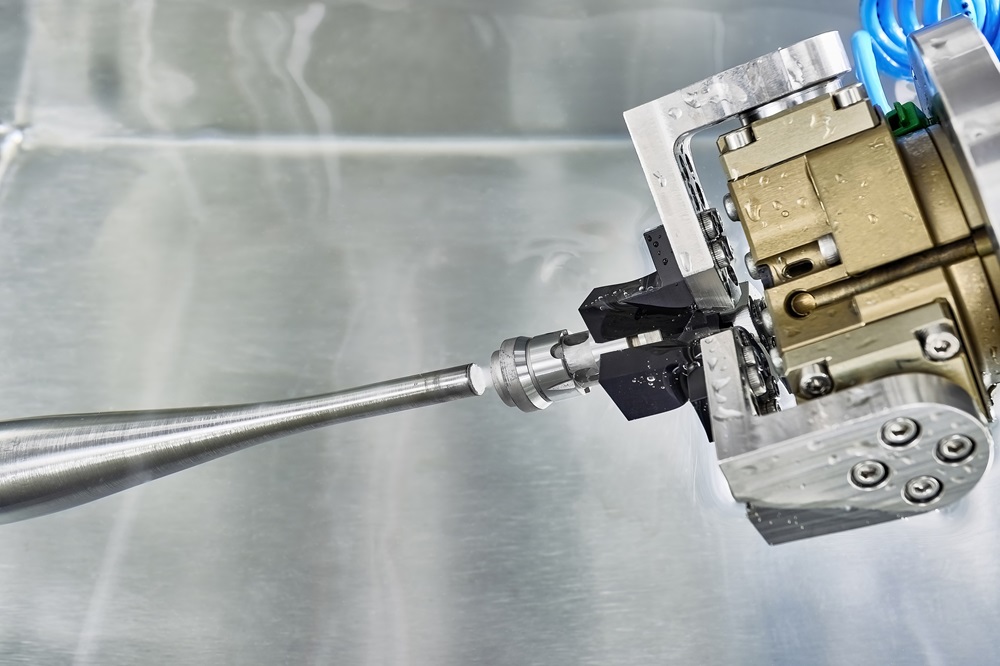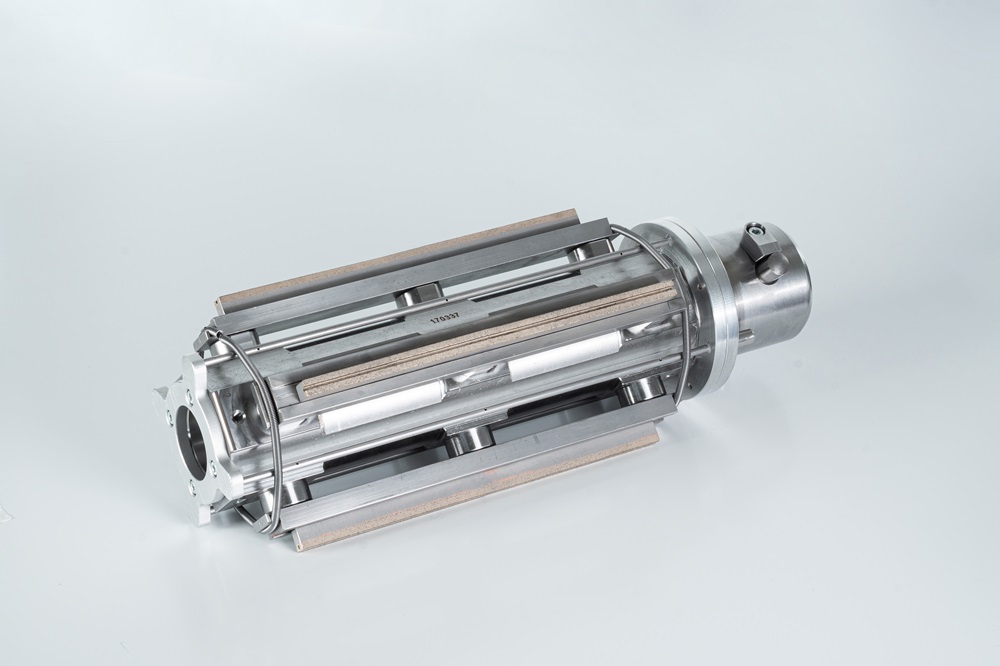Anca, a specialist in precision grinding solutions, is opening a new state-of-the-art Technology Centre in Korea. The company has offered local sales and service to customers across diverse industries for more than 30 years in the Korean market, so the opening the new facility is a significant milestone for Anca as it expands its presence in the Asian market.
Jake Farragher, general manager of Anca Asia, says: “Anca’s newest technology centre is a commitment to customers in Korea. This investment in our global infrastructure enables our team to deliver premium sales and service support to this important and growing market. We understand the importance of offering customers local support and, at our new facility, we can showcase the capability of our flexible grinding machines, software and automation solutions.”
He adds: “Thanks to our long-standing partnership in with SH International in Korea we have a legacy of innovation with customers in the market and our local team at the new Anca office are poised to facilitate the success of Anca customers into the future.”
For 50 years Anca has committed to providing cutting-edge grinding solutions worldwide. Anca Korea, located near Seoul, is equipped with the latest technologies, such as the company’s Ultra technology with nanometre resolution control. The demonstration facility provides the Ultra experience with Anca’s MX and FX Ultra machines, as well as automation solutions with Anca’s Integrated Manufacturing System (AIMS). In addition, the facility includes support and training services.
To celebrate the opening, Anca hosted a grand opening event on 5 March attended by key stakeholders and customers, industry partners and local dignitaries.
For further information www.anca.com






